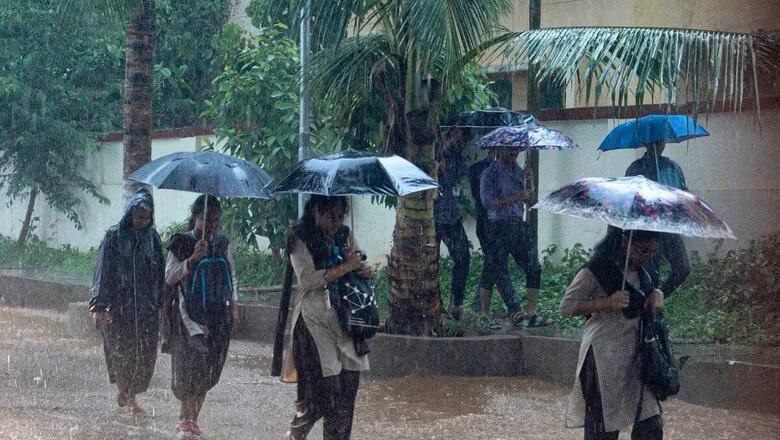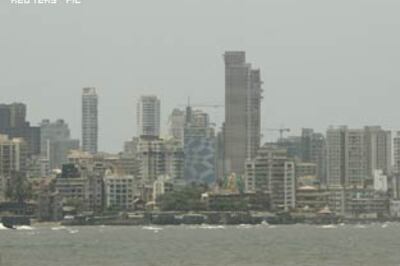
views
Over 300 people suffered injuries and at least five individuals lost their lives in a violent storm that left the northern West Bengal district of Jalpaiguri in disarray on Sunday. The natural calamity caused devastation, especially in locations like Rajarhat, Barnish, Bakali, Jorpakdi, Madhabdanga, and Saptibari.
To highlight the gravity of the situation, reports surfaced in the aftermath indicating that 42 people were admitted to hospitals, two of whom are in critical condition. The storm’s impact spread beyond Jalpaiguri, as surrounding areas such as Mainaguri were also damaged, with houses destroyed and trees uprooted by the powerful gusts.
Since natural disasters like cyclones serve as frequent reminders of the power of nature, everyone—especially schoolchildren—must be well-prepared and knowledgeable about safety precautions. The most recent cyclone in Jalpaiguri serves as an intense reminder of this. So here are some essential safety measures that students should follow in the event of such natural disasters.
- Practice Safety Drills: Mock drills should be conducted by schools regularly to familiarise students with emergency procedures and boost their confidence in responding efficiently during real-life emergencies that could affect the region that they live in.
- Look for Shelter on Higher Levels: In regions that are prone to flooding, looking for protection on higher floors or elevated terrains can save several lives. It is important to teach kids to evacuate to higher ground in the event of flooding and cyclones.
- Remain Informed about natural calamities: In times of such emergencies, knowledge is key. Students should be taught about cyclones in school, as well as the appropriate safety precautions to take in case of one. Students need to be informed about cyclone warnings through local news channels, radio shows, and weather applications.
- Stay Clear of Flooded Areas: Students must be taught to stay away from flooded roads, rivers, and streams. Rapidly moving floodwaters can be exceedingly dangerous, and students must maintain caution while navigating themselves during or after the calamity.
- Create an Emergency Plan: In the event of an evacuation order, students should be aware of the safest routes out of the school and where to seek cover inside the building.
- Seek Shelter: Students should seek cover in solid structures away from windows, doors, and external walls during the cyclones. If they were trapped outside, they should choose low-lying areas to protect themselves.
In conclusion, schoolchildren can successfully reduce risks and guarantee their safety during natural disasters like cyclones and floods by following these precautions.
The National Disaster Response Force, in the meantime, moved quickly to address the situation and deployed personnel to provide support and help to individuals affected by the Jalpaiguri cyclone. To assess the situation in the impacted area, Prime Minister Modi is also expected to visit Jalpaiguri, the location of the storm, on April 7.




















Comments
0 comment